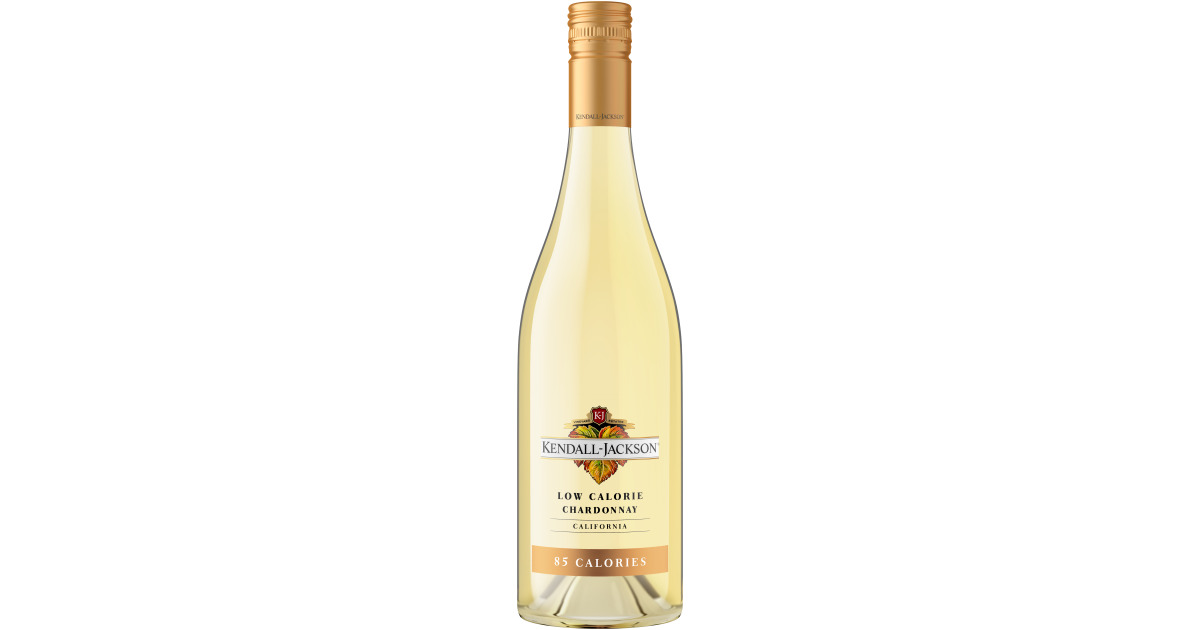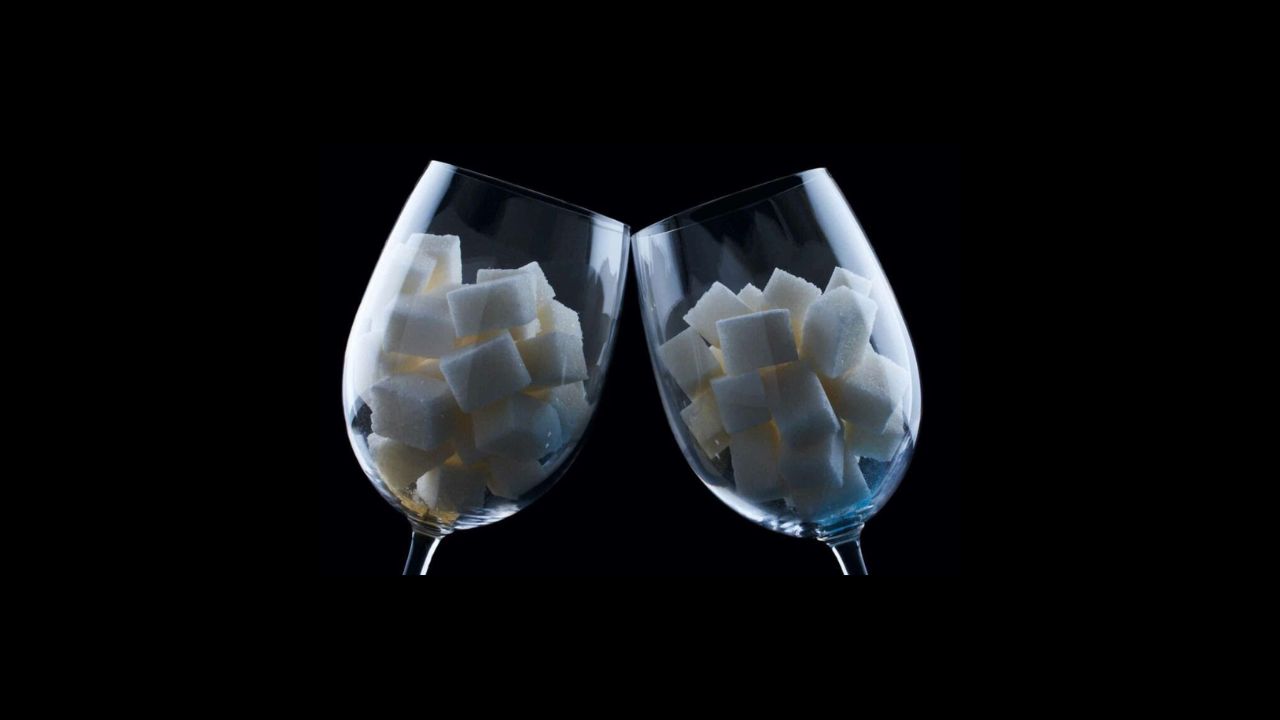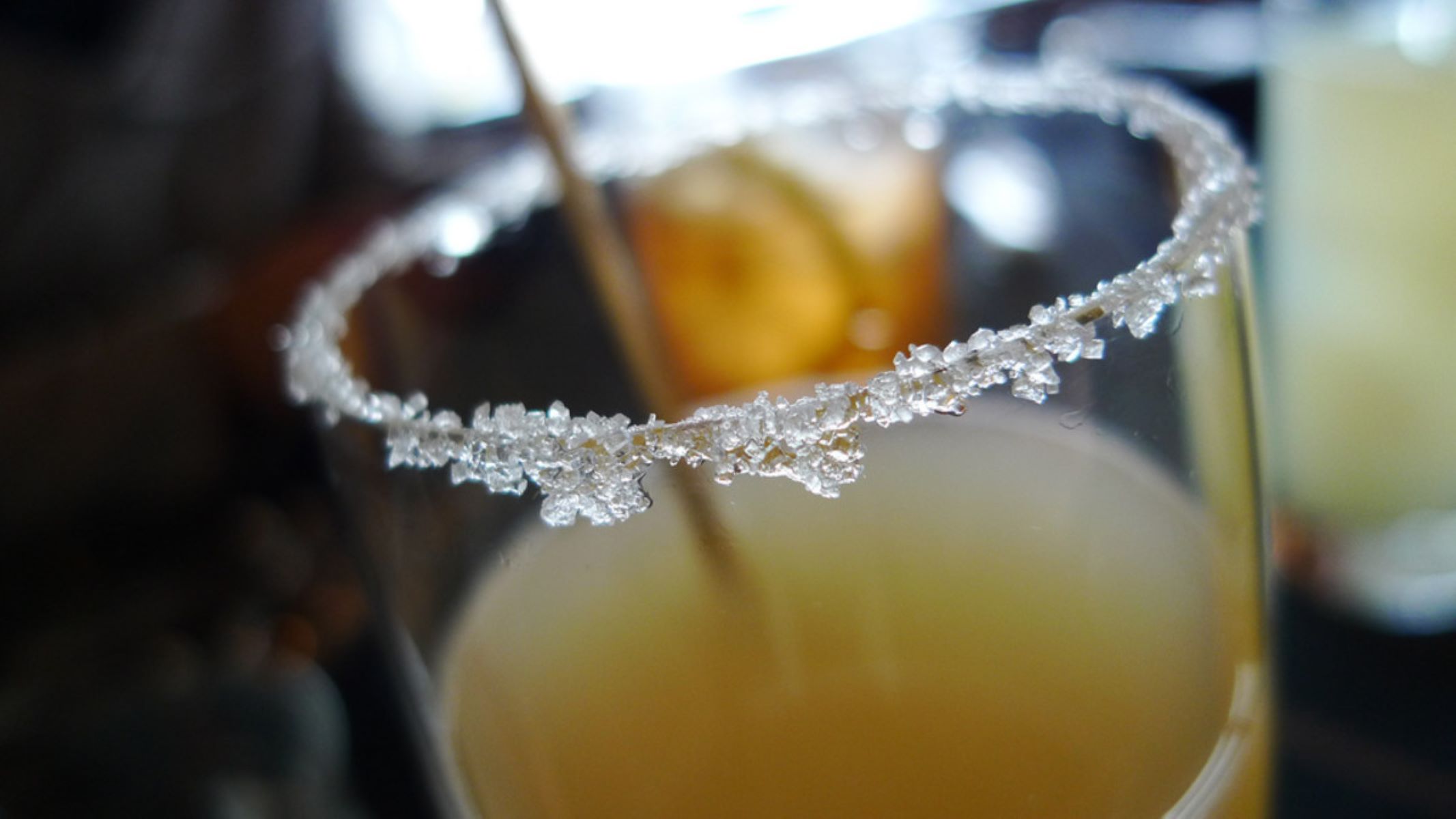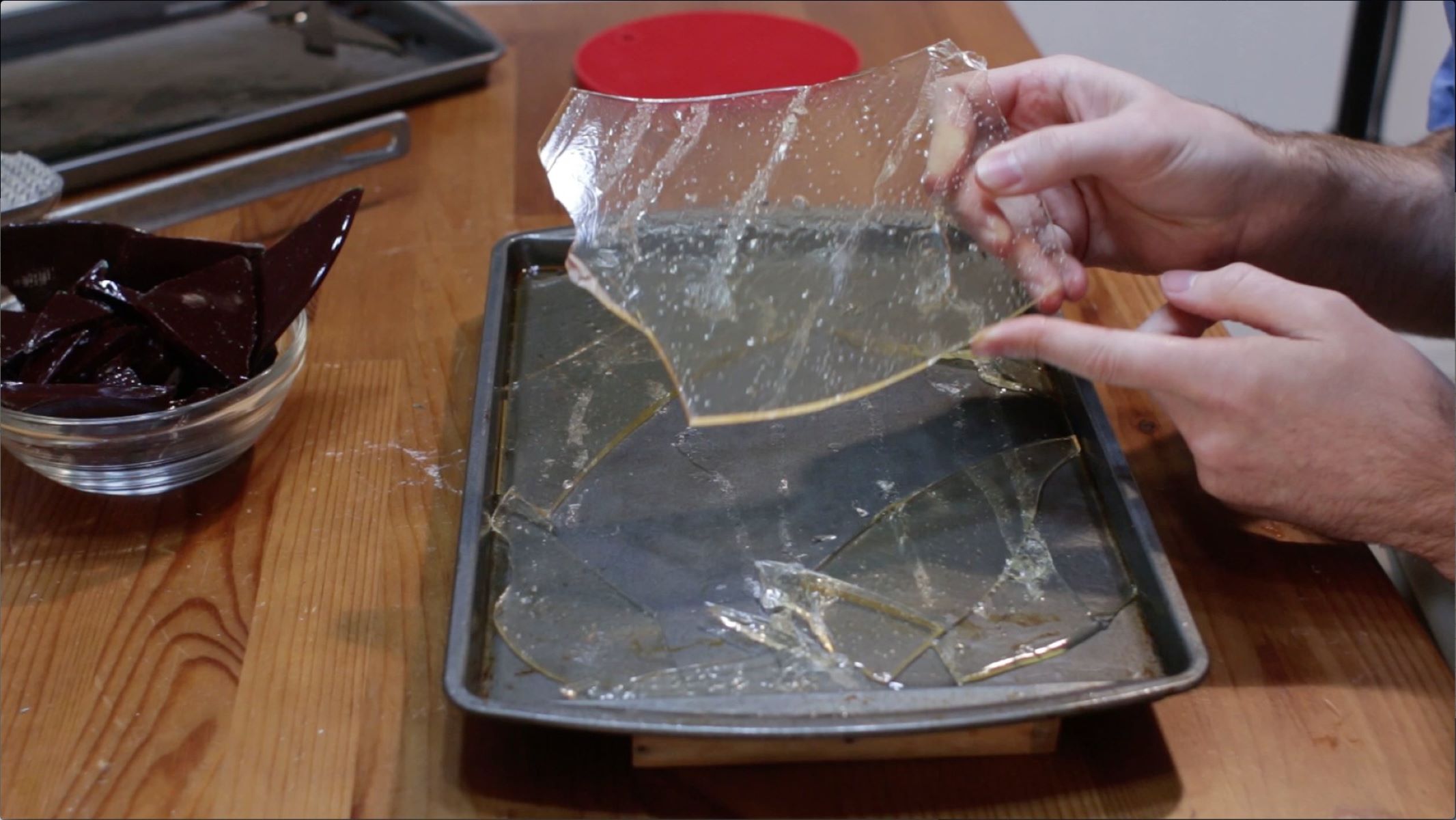Home>Furniture & Design>Interior Design Trends>How Much Sugar Is In A Glass Of Pinot Grigio


Interior Design Trends
How Much Sugar Is In A Glass Of Pinot Grigio
Published: February 7, 2024
Discover the latest interior design trends and find out how much sugar is in a glass of Pinot Grigio. Explore the perfect blend of style and health with our expert insights.
(Many of the links in this article redirect to a specific reviewed product. Your purchase of these products through affiliate links helps to generate commission for Storables.com, at no extra cost. Learn more)
Introduction
Wine has long been celebrated for its complex flavors, aromas, and the way it can elevate any dining experience. However, one often overlooked aspect of wine is its sugar content. Understanding the sugar levels in wine, such as Pinot Grigio, is crucial for those who are health-conscious or simply curious about what they are consuming.
The sugar content in wine is a topic of interest for many reasons. Some individuals may be monitoring their sugar intake due to dietary restrictions or health concerns, while others may be seeking to make informed choices about their alcohol consumption. Regardless of the motivation, having a clear understanding of the sugar content in wine, particularly popular varieties like Pinot Grigio, empowers consumers to make informed decisions.
In this article, we will delve into the world of wine and explore the sugar content in Pinot Grigio. We will uncover the impact of sugar on the taste of wine and provide valuable insights on how to select low-sugar options without compromising on flavor. By the end of this journey, you will have a newfound appreciation for the intricate relationship between sugar and wine, and the knowledge to make well-informed choices when selecting your next glass of Pinot Grigio.
Key Takeaways:
- Pinot Grigio has low sugar content, making it a great choice for those who prefer a dry and refreshing white wine. Its minimal sweetness pairs well with a variety of dishes, enhancing the dining experience.
- Understanding the sugar content in wine empowers consumers to make informed choices. By considering labels, researching producers, and seeking recommendations, individuals can confidently select a low-sugar Pinot Grigio that resonates with their palate.
Read more: How Many Calories Is A Glass Of Pinot Grigio
Understanding Sugar Content in Wine
The sugar content in wine plays a significant role in shaping its taste, mouthfeel, and overall perception. Understanding the sugar levels in wine is essential for both wine enthusiasts and those mindful of their sugar intake. When it comes to wine, the sugar content is a key factor that contributes to its overall flavor profile.
In the winemaking process, the sugar content in grapes directly impacts the alcohol level in the finished wine. During fermentation, yeast consumes the natural sugars in the grape juice, converting them into alcohol and carbon dioxide. The residual sugar left in the wine after fermentation contributes to its sweetness and body.
Wines are generally categorized based on their sugar content, ranging from bone-dry to sweet. The terms used to describe the sugar levels in wine include "dry," "off-dry," "semi-sweet," and "sweet." These descriptors provide valuable insights into the perceived sweetness of the wine, guiding consumers in their selection process.
Understanding the sugar content in wine also involves familiarizing oneself with industry-specific terminology. For instance, the term "residual sugar" (RS) refers to the natural grape sugars that remain unfermented in the finished wine. Wines with higher residual sugar levels tend to exhibit a sweeter taste, while those with lower residual sugar are perceived as drier.
Moreover, the perception of sweetness in wine is not solely determined by the sugar content. Factors such as acidity, tannins, and alcohol levels interact with the residual sugar to create a balanced and harmonious flavor profile. This interplay of components contributes to the overall complexity and character of the wine.
In summary, understanding the sugar content in wine involves recognizing its role in shaping the wine's sweetness, body, and overall sensory experience. By gaining insights into the terminology and processes related to sugar in wine, consumers can make informed choices that align with their preferences and dietary considerations. This foundational knowledge sets the stage for exploring the specific sugar content in popular wine varieties, such as Pinot Grigio, and its implications for the discerning wine enthusiast.
Sugar Content in Pinot Grigio
When it comes to Pinot Grigio, a popular white wine known for its crispness and refreshing qualities, the sugar content plays a pivotal role in defining its taste profile. Pinot Grigio is renowned for its dry and light-bodied nature, making it a favorite choice for those who prefer a more restrained sweetness in their wine.
In general, Pinot Grigio is crafted to be a dry wine, with minimal residual sugar. This characteristic sets it apart from sweeter white wine varieties and contributes to its signature clean and refreshing taste. The sugar content in Pinot Grigio typically ranges from 3 to 6 grams per liter, reflecting its lean and dry nature.
Winemakers often aim to preserve the natural acidity and fruit flavors of the Pinot Grigio grape, resulting in a wine that is notably low in residual sugar. This deliberate approach to winemaking ensures that the inherent characteristics of the grape shine through, offering a delightful balance of citrus, green apple, and floral notes without an overwhelming sweetness.
The low sugar content in Pinot Grigio makes it a versatile choice for various occasions, from casual gatherings to elegant soirées. Its crisp and dry profile pairs exceptionally well with a wide array of dishes, including seafood, salads, and light pasta dishes. The restrained sugar levels in Pinot Grigio allow its vibrant acidity and subtle fruit notes to harmonize with food, enhancing the overall dining experience.
For those seeking a refreshing and light-bodied white wine with minimal sweetness, Pinot Grigio stands as a prime example. Its modest sugar content aligns with the preferences of many wine enthusiasts who appreciate a clean and vibrant palate without the influence of excessive sweetness.
In essence, the sugar content in Pinot Grigio contributes to its distinctive character, making it a beloved choice for those who savor the elegance of a dry and refreshing white wine. Understanding the sugar levels in Pinot Grigio provides valuable insights for individuals seeking a wine that embodies a harmonious interplay of flavors and a refined, dry finish.
A 5 oz glass of Pinot Grigio typically contains about 1-2 grams of sugar. If you’re looking to reduce your sugar intake, opt for drier wines with lower residual sugar.
Impact of Sugar on Wine Taste
The impact of sugar on wine taste is profound, influencing the overall sensory experience and flavor profile of the wine. The presence of sugar in wine contributes to its perceived sweetness, body, and mouthfeel, playing a pivotal role in shaping the consumer's enjoyment of the beverage.
When examining the impact of sugar on wine taste, it is essential to consider the interplay between sweetness and acidity. Wines with higher sugar levels tend to exhibit a perceptibly sweeter taste, which can range from lusciously sweet to subtly off-dry, depending on the specific grape varietal and winemaking techniques employed. The sweetness derived from residual sugar in wine can enhance the fruit-forward characteristics, providing a rounded and approachable flavor that appeals to a broad spectrum of palates.
Moreover, the influence of sugar on wine taste extends beyond sweetness, affecting the wine's body and mouthfeel. Wines with higher residual sugar levels often possess a fuller body and a more viscous texture, creating a luscious and lingering sensation on the palate. This heightened mouthfeel contributes to a more indulgent and opulent wine-drinking experience, particularly in dessert wines and late-harvest varietals where sugar levels are intentionally elevated to achieve a rich and unctuous profile.
Conversely, wines with minimal residual sugar, such as bone-dry varieties, showcase a crisper and more refreshing taste, characterized by heightened acidity and a lighter body. The absence of perceptible sweetness allows the natural acidity and fruit flavors to take center stage, resulting in a vibrant and invigorating sensory experience that is favored by enthusiasts of dry wines.
The impact of sugar on wine taste is not solely limited to the immediate sensory perceptions but also extends to the wine's overall balance and harmony. When sugar is skillfully integrated into the wine, it can complement and accentuate other components, such as tannins in red wines or acidity in white wines, resulting in a well-rounded and multi-dimensional flavor profile.
In summary, the impact of sugar on wine taste encompasses its influence on sweetness, body, mouthfeel, and overall balance, shaping the wine's sensory attributes and consumer appeal. By understanding the nuanced role of sugar in wine taste, consumers can appreciate the diverse range of flavors and textures offered by wines across the sweetness spectrum, from bone-dry to lusciously sweet, and make informed choices that align with their preferences and occasions.
How to Choose Low-Sugar Pinot Grigio
When selecting a bottle of Pinot Grigio with low sugar content, there are several key factors to consider to ensure a delightful and balanced wine-drinking experience. Here are essential tips for choosing a low-sugar Pinot Grigio:
-
Read the Label: Start by examining the wine label for crucial information regarding the sugar content. Look for terms such as "dry," "brut," or "secco," which indicate minimal residual sugar. Additionally, some winemakers may include the exact grams of residual sugar per liter on the label, providing transparency about the wine's sweetness level.
-
Research the Producer: Familiarize yourself with reputable wineries and producers known for crafting low-sugar Pinot Grigio. Researching the winemaker's philosophy and approach to winemaking can offer valuable insights into their commitment to preserving the natural acidity and fruit character of the grape, resulting in a drier wine style.
-
Seek Recommendations: Consult with sommeliers, wine professionals, or trusted sources for recommendations on low-sugar Pinot Grigio options. Their expertise can guide you toward well-crafted wines that align with your preference for a restrained sweetness profile.
-
Consider the Origin: Pinot Grigio wines from certain regions, such as northern Italy, are renowned for their crisp and dry style, often characterized by lower residual sugar levels. Exploring wines from these esteemed winegrowing regions can increase the likelihood of discovering a low-sugar Pinot Grigio that exemplifies the varietal's classic attributes.
-
Taste and Compare: If possible, attend wine tastings or events where you can sample different Pinot Grigio wines to discern their sugar levels and flavor profiles. Comparing multiple wines side by side allows you to identify the nuances in sweetness and select a low-sugar option that resonates with your palate.
-
Embrace Online Resources: Utilize online platforms and wine databases to access detailed information about specific Pinot Grigio wines, including reviews, tasting notes, and technical specifications. These resources can aid in identifying low-sugar options that align with your taste preferences and dietary considerations.
By incorporating these strategies into your wine selection process, you can confidently choose a low-sugar Pinot Grigio that embodies the varietal's characteristic freshness and vibrancy while offering a restrained sweetness that harmonizes with a diverse range of culinary pairings. Making informed choices when seeking low-sugar wines enhances the overall enjoyment and satisfaction derived from the wine-drinking experience.
Read more: How Many Carbs Is A Glass Of Pinot Grigio
Conclusion
In conclusion, the sugar content in wine, particularly in the context of the beloved Pinot Grigio, holds significant implications for both the sensory experience of the wine and the informed choices of consumers. Understanding the role of sugar in shaping the taste, body, and overall profile of wine empowers individuals to select wines that align with their preferences, dietary considerations, and occasions.
The exploration of sugar content in wine revealed the intricate interplay between sweetness, acidity, and other components, highlighting the diverse range of flavors and textures offered by wines across the sweetness spectrum. From bone-dry to lusciously sweet, the impact of sugar on wine taste extends beyond immediate sensory perceptions, influencing the wine's overall balance and harmony.
When it comes to Pinot Grigio, the low sugar content contributes to its signature dry and light-bodied nature, accentuating the wine's vibrant acidity and subtle fruit notes. This characteristic makes Pinot Grigio a versatile and refreshing choice that harmonizes effortlessly with a myriad of culinary pairings, from seafood to salads, enhancing the dining experience.
Furthermore, the process of choosing low-sugar Pinot Grigio involves careful consideration of labels, research on reputable producers, seeking recommendations, exploring wine origins, and embracing opportunities for tasting and comparison. By employing these strategies, consumers can confidently select a low-sugar Pinot Grigio that embodies the varietal's classic attributes while offering a restrained sweetness that resonates with their palate.
Ultimately, the journey through the world of sugar content in wine, with a specific focus on Pinot Grigio, illuminates the nuanced relationship between sugar and wine taste. Armed with this knowledge, individuals can embark on a delightful exploration of wines that cater to their desired sweetness levels, enhancing their appreciation of the diverse and captivating world of wine.
In essence, the understanding of sugar content in wine, including the delightful nuances of low-sugar Pinot Grigio, enriches the wine-drinking experience, allowing consumers to savor the artistry and craftsmanship behind each bottle while indulging in the pleasures of a well-balanced and harmonious wine.
Frequently Asked Questions about How Much Sugar Is In A Glass Of Pinot Grigio
Was this page helpful?
At Storables.com, we guarantee accurate and reliable information. Our content, validated by Expert Board Contributors, is crafted following stringent Editorial Policies. We're committed to providing you with well-researched, expert-backed insights for all your informational needs.















0 thoughts on “How Much Sugar Is In A Glass Of Pinot Grigio”